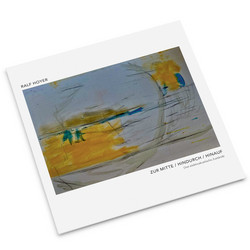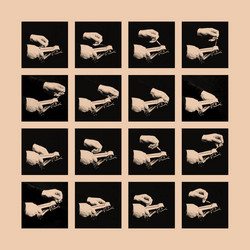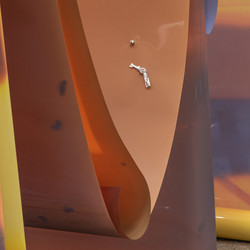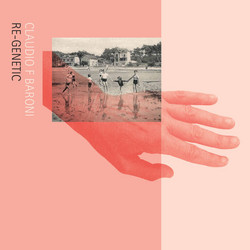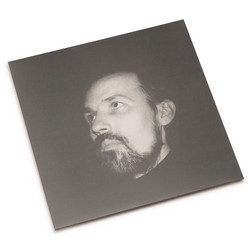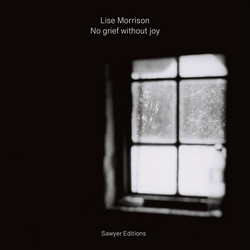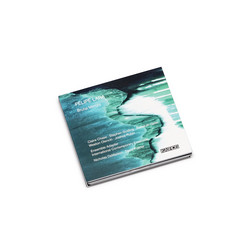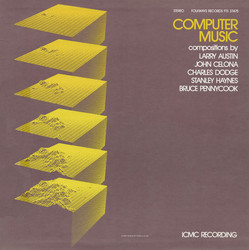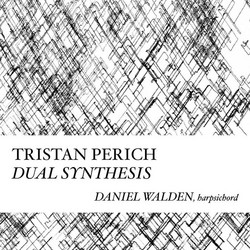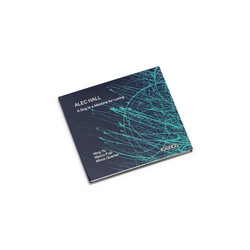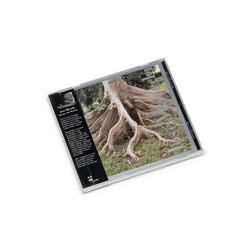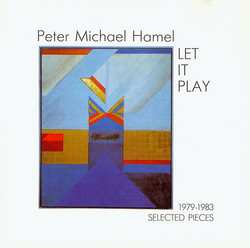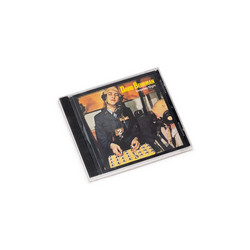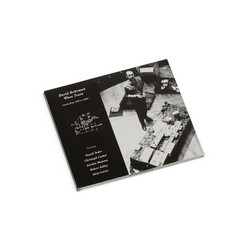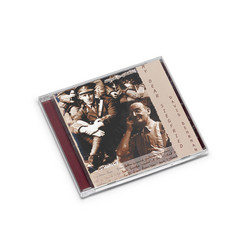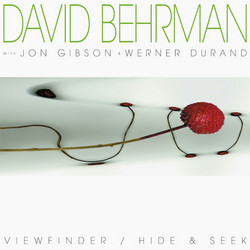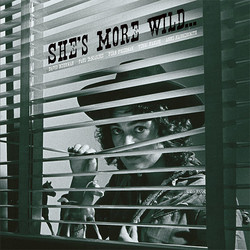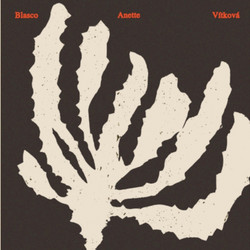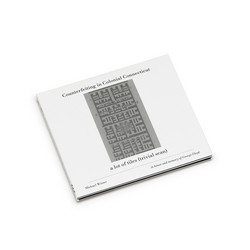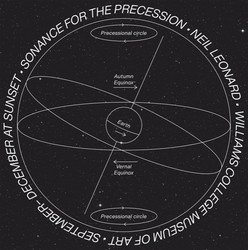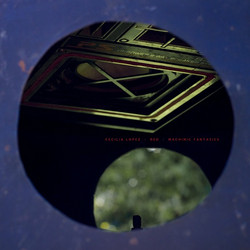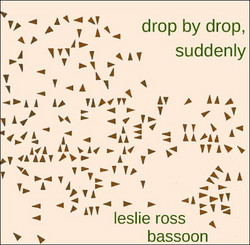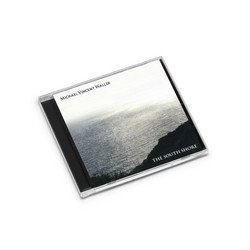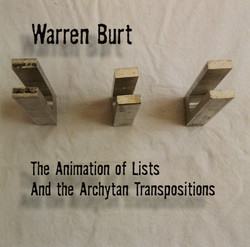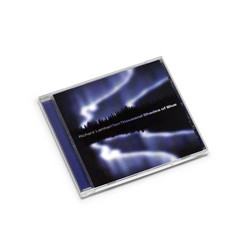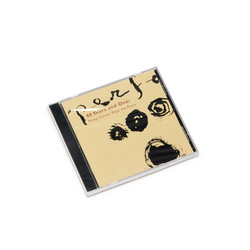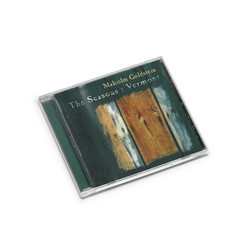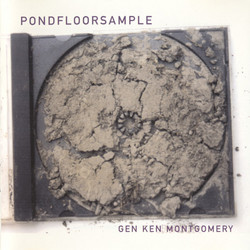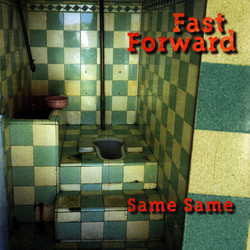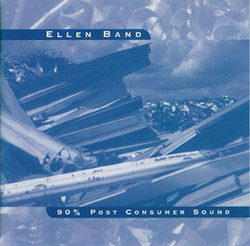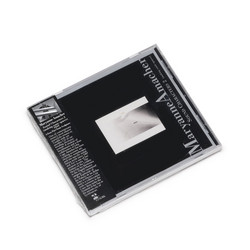Among the most remarkable documents to emerge from the early 1990s convergence of acoustic performance and computer music, David Behrman's Unforeseen Events stands as a testament to the profound possibilities unlocked when human creativity collaborates with artificial intelligence. Originally released in 1991 on XI Records, this stunning album represents the culmination of decades of pioneering work by one of America's most visionary experimental composers - a figure whose influence extends far beyond the recognition he has received. Behrman, born in Salzburg in 1937, occupies a singular position within the pantheon of post-war American avant-garde music. A founding member of the legendary Sonic Arts Union alongside Robert Ashley, Alvin Lucier, and Gordon Mumma, he was the producer behind Terry Riley's seminal In C recording for Columbia Records' Music of Our Time series during the early 1960s. His work has graced stages with the Merce Cunningham Dance Company, and his compositions have consistently pushed the boundaries of what constitutes the relationship between performer and technology.
Unforeseen Events presents two major works: the four-part title suite and the three-movement Refractive Light. The album showcases Behrman's sophisticated approach to interactive computer music, where acoustic instrumentalists trigger computer programs that control sound-making electronic modules, creating a dynamic real-time dialogue between human performer and machine intelligence.
The title work was created specifically with composer and performer Ben Neill in mind, featuring his remarkable invention, the mutantrumpet - a hybrid electro-acoustic instrument with three separately-mutable and playable bells, originally developed in collaboration with synthesizer pioneer Robert Moog. This extraordinary instrument, with its extra bells, valves, and electronic modifications, serves as the perfect vehicle for Behrman's explorations of real-time computer interaction.
In "View Finder," the opening section, the computer responds to the trumpet with immediate and slightly delayed chords that shift in pitch and timbre over time. "Fishing for Complements" presents a trio where the interchange is mediated by a "listener" at a keyboard who enters changes into the computer. "Witch Grass" creates a fascinating dynamic where sustained chords gradually slip away from their tonal centers when the soloist pauses, only to realign when performance resumes. The final section, "Canyon," transforms single notes into shimmering chords that fade away in pitch-shifted trails, creating the impression of vast, seemingly borderless depths.
Refractive Light, the album's second major work, explores harmonic changes that occur as "deflections" off of dying sustained tones. "Harbinger" begins with delicate bell patterns and sliding chords, while "Crisscrossed Eights" features bell-like sounds mixed with sliding chords, koto-like arpeggios and strumming, all in very elastic, "breathing" quasi-random rhythms. The concluding "Ein Glaesele Warems" ("A Little Glass of Warmth") creates sounds "made with intervals and timbres meant to create a feeling of remoteness from the modern world."
What emerges across these seven pieces is a remarkable sonic landscape that challenges traditional notions of composition, performance, and the role of technology in music-making. The album has been aptly described as creating "abstract floating sound shapes - not unlike a distracted Morton Feldman - providing a unique post-minimal mood music. It's as pleasant as it is intellectually engaging." As critic Michael Draine noted, "The arhythmic (but never jarring) electronic pulses invest the work with a warmth and beauty I'd have thought beyond the capacity of a computer music system to generate."
The genius of Behrman's approach lies in his conception of what he calls "unfinished compositions" - works that require the creative input of imaginative performers to reach their full potential. Rather than asserting total compositional control, he creates flexible frameworks that allow for genuine collaboration between human and machine, acoustic and electronic, composed and improvised elements. Unforeseen Events arrives at a crucial moment in the evolution of electronic music, when the possibilities of computer-assisted composition were still largely unexplored. Behrman's visionary approach to interactive systems presaged many of the developments that would define electronic music in the decades to come, while maintaining a distinctly human warmth and accessibility that sets his work apart from more purely academic ventures. For listeners familiar with the Italian ambient minimalism celebrated throughout these pages, or the democratic experimentalism of figures like La Monte Young and Terry Riley, Behrman's work provides a fascinating bridge toward futures yet unrealized. This is music that speaks to both the intellect and the emotions, creating spaces for contemplation while challenging our assumptions about the nature of musical creation itself.
Essential and visionary, Unforeseen Events stands as one of the great achievements of early computer music - a work that continues to sound as fresh and radical today as it did upon its initial release. For anyone interested in the intersection of human creativity and technological possibility, this album is absolutely indispensable.
